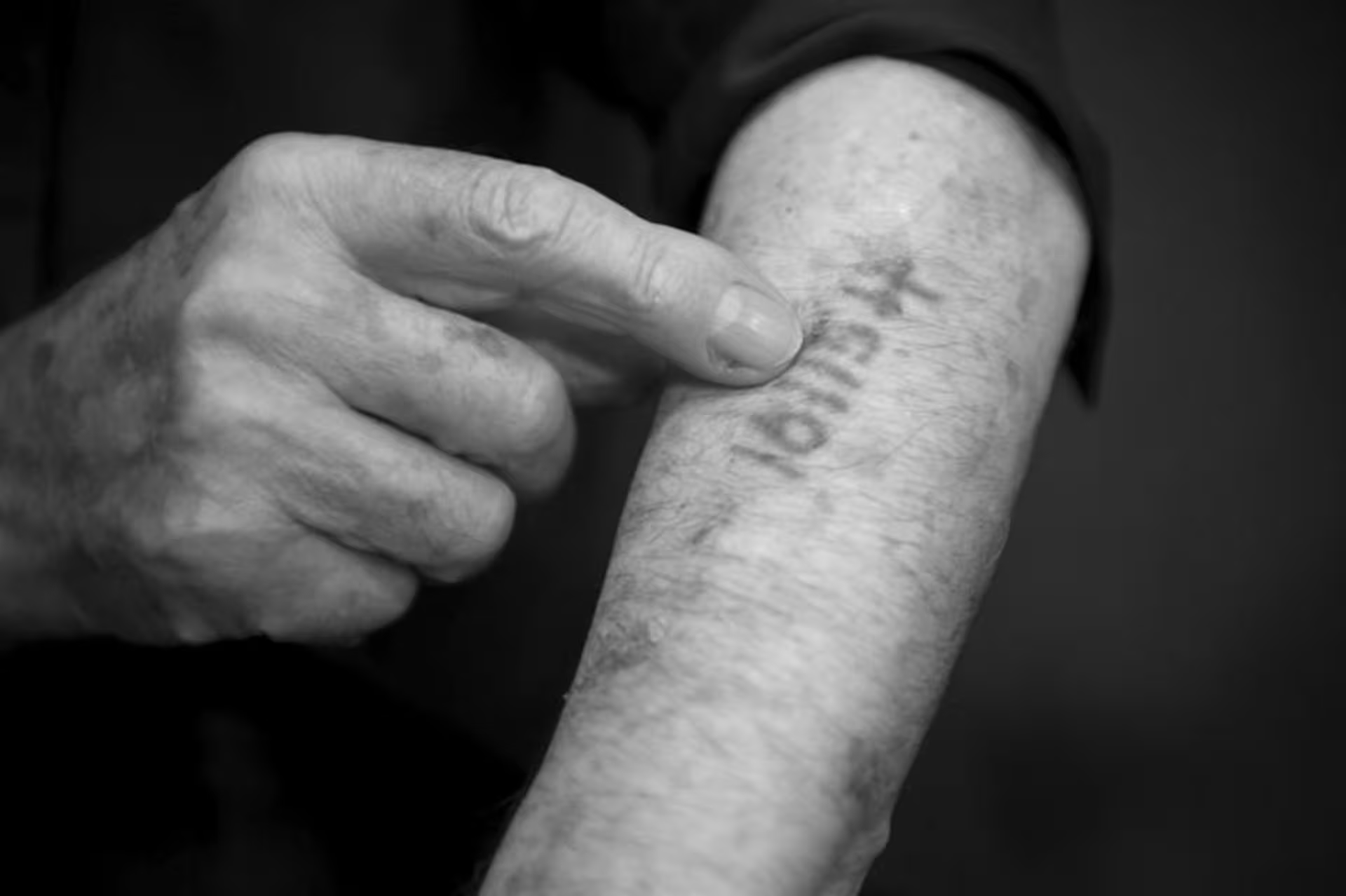Dean,
Dean,

Attending a lecture by a prominent guest speaker can be central to one’s university experience for generations. The vast majority of us have squeezed into an overstuffed lecture hall at least once to hear words of wisdom from someone of great success or life experience.
But what happens when a one-hour guest lecture turns into something that resonates, instills meaning and captures reflective moments in our lives that we never knew existed?
In November 2014, Grand Canyon University faculty, students and staff were blessed to listen to the testimony of suffering of Magda Herzberger, who was a survivor of not one, but three death camps during World War II.
Throughout our momentous time with Magda, I and over 1,000 attendees, bore witness to her depiction of unfathomable horrors inflicted on a young child and her family as they were tortured, maimed, murdered and ultimately debased from the dignity that is owed every person by the very nature of being a child of God.
At the end of her story, hundreds of young undergraduates stayed for yet another hour to meet Magda, take a picture with her or just to be in her presence. As one who has taught the Holocaust for over 20 years, I anticipated this near term response. What I did not anticipate was the lasting impression that her story had on nearly everyone since the event.
Nearly a year since Magda came to us, students, faculty and administrators have commented on what her testimony meant. They described being changed and even feeling obligated to do something, anything to prevent another Holocaust.
They spoke of being changed personally, that through Magda’s descriptions of her own unimaginable suffering, they realized that they needed to be more understanding to the suffering of others. They also realized the importance of being engaged in the world beyond their own.
Perhaps I should have anticipated this lasting sensation. As a 14 year-old sitting in an all-school assembly, I recall nearly word for word the depiction of surviving the Holocaust offered by the actor Robert Clary (for those of a certain generation, you may remember Le Beau from “Hogan’s Heroes”).
At the end of the talk, we were invited to stand in line and bear witness to the suffering of those tormented by the Holocaust by walking up to Mr. Clary and seeing his imprinted tattooed numbers on his arm.
I too began to change. I had begun the transformation from a fairly typical, self-centered adolescent, to one who was deeply saddened by the unspeakable horrors that I thought existed only in horror films.
I found myself developing empathy for people I had never known and wondered how the world would make certain this would never happen again.
From that moment, I was inspired to be the best I could be by the fortitude and generosity of the countless Holocaust survivors who counter depictions of personal horror with visions of survival.
To learn more about the Holocaust, including stories and survivors, start your research on sites like remember.org. For more information about events on GCU’s campus, please visit our website.
Speak with a University Counselor today.
The views and opinions expressed in this article are those of the author’s and do not necessarily reflect the official policy or position of Grand Canyon University. Any sources cited were accurate as of the publish date.